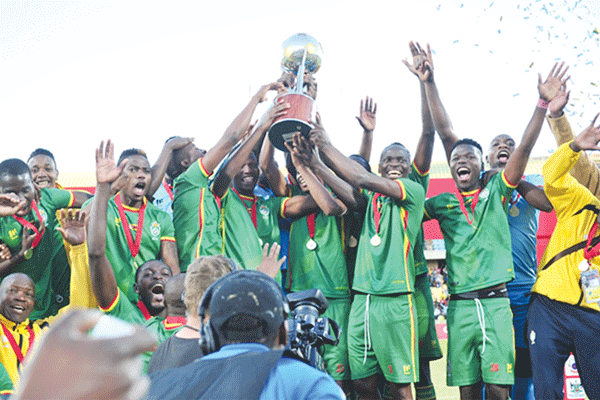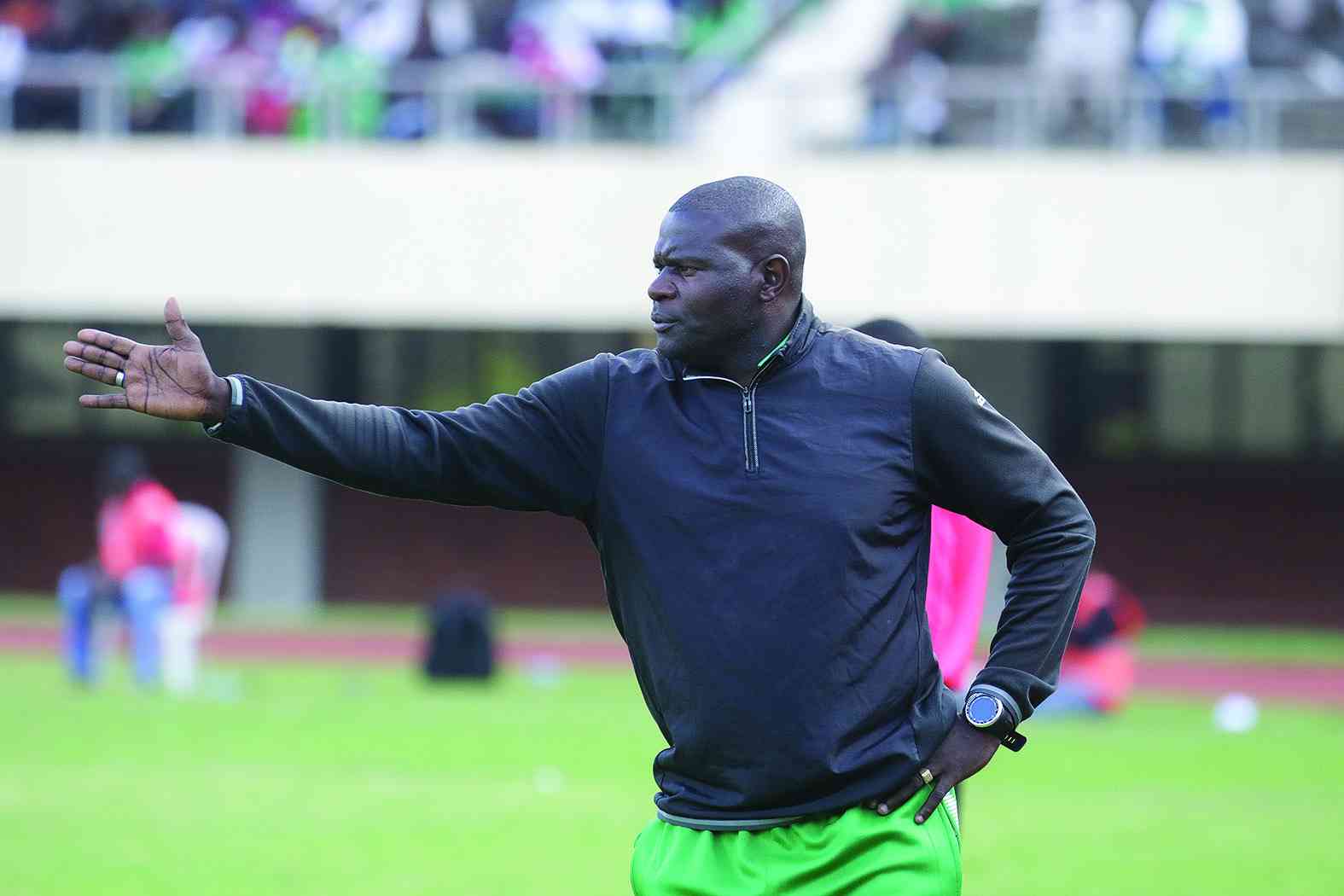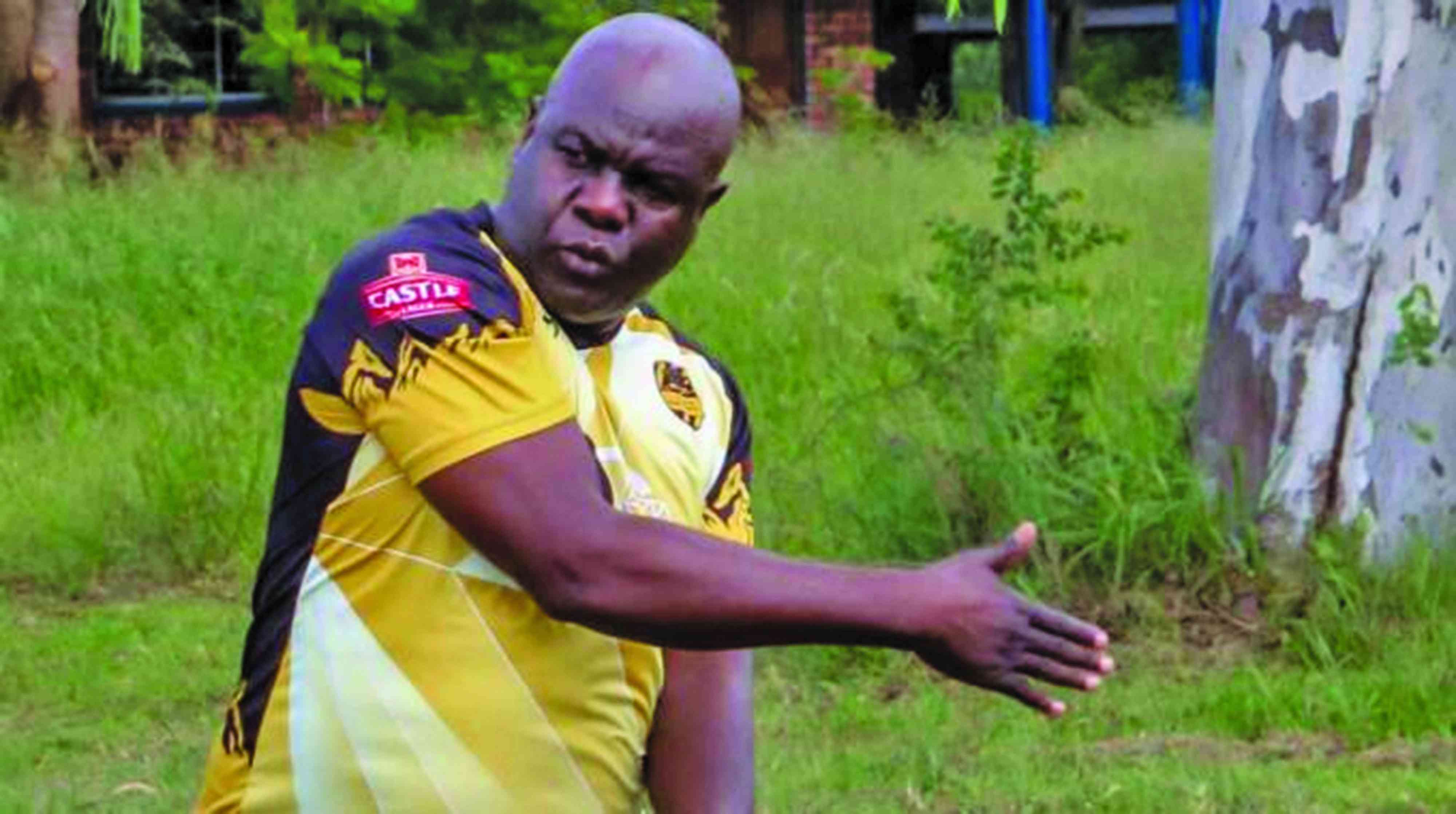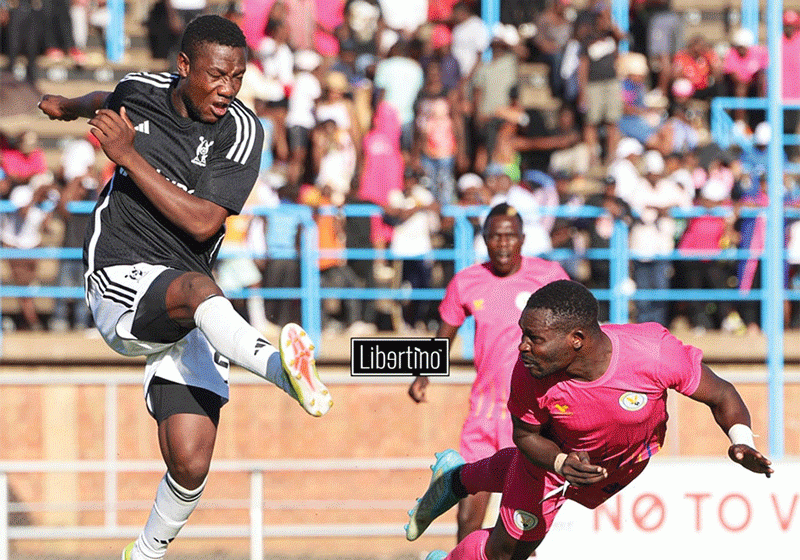
In 2014, Zimbabwe broke new ground when they reached the last four of the African Cup of Nations. In doing so, the Warriors tore up the form book and secured their best-ever finish at the tournament, outlasting several bigger names along the way.
It was a tournament of upsets, with unfancied Libya claiming their first title, and hosts South Africa knocked out at the group stage. In this article, we will tell the story of Zimbabwe’s run to the semi-final stage.
QualificationZimbabwe secured their place at the tournament with a win against Zambia, joining Mozambique and hosts South Africa from the Southern Zone. Senegal, Cameroon, Ivory Coast and Tunisia all failed to reach the Finals, with the continuation of domestic leagues, and key players being unable to compete, being likely factors.
By this point, the stage was already set for a tournament that could throw up one or two surprises, with several emerging nations suddenly fancying their chances of progressing past the group stage and even challenging for the trophy.
Group stageZimbabwe were drawn in Group B, alongside Uganda, Burkina Faso, and the heavily-fancied Morocco. Despite the absence of several big names, Zimbabwe’s name wasn’t that prominent in the football betting markets, with the Moroccans, alongside Ghana, South Africa, Nigeria and Mali, expected to be the teams to beat.
But a tense draw achieved against Morocco in the Warriors’ first match suggested they could pose a threat. A second 0-0 followed against Uganda four days later, meaning victory over Burkina Faso would be essential to their hopes of finishing in the top two.
A second-half goal from Masimba Mambare secured the vital win and sealed Zimbabwe’s place in the last eight, finishing second to Morocco, who topped the group on goal difference.
Knock-out stage@ajaxcapetown confirmed the signing of Zimbabwean star striker Simba Sithole, for more go to http://t.co/jHfEHyIkjl pic.twitter.com/SjCmNA7FjX
Keep Reading
- Chamisa under fire over US$120K donation
- Mavhunga puts DeMbare into Chibuku quarterfinals
- Pension funds bet on Cabora Bassa oilfields
- Councils defy govt fire tender directive
— Ajax Cape Town (@ajaxcapetown) January 31, 2014
Awaiting Zimbabwe at the quarter-final stage was Mali, who’d eased to qualification in Group A with wins over Nigeria and Mozambique, and a draw against South Africa. Once again, the Warriors were tipped to struggle, but goals from Simba Sithole and Kudakwashe Mahachi were enough to earn a 2-1 win.
So, it was on to the semi-finals, where Zimbabwe would face a Libya side growing in confidence after holding their nerve to beat Gabon on penalties last time out. And, for the third time in the tournament, the Warriors would play-out a 0-0 draw.
But this time a shoot-out would follow, and misses from Sitole, Peter Moyo, and Patson Jaure would spell the end of the nation’s progress. A third-place play-off match against Nigeria would follow, ending in defeat, while Libya would go on to win a third consecutive penalty shoot-out in the Final against Ghana, to lift the trophy.
LegacyZdravko Logarusic unveiled as Warriors coach, here with his manager. The Croatian gave a quotable quote: “Zimbabweans are suffering a lot – economic crisis, political crisis, water shortage, cash shortage, let’s try to put a smile on their faces – our job is to make them happy!” pic.twitter.com/cUwLnNm77u
— Steve Vickers (@SteveVickers5) February 13, 2020
The Warriors would qualify for the tournament again in 2016, but failed to make it past the group stages, followed by a failure to reach the tournament in 2018. Those showings reflect a disappoint lack of progress following their great run in 2014.
Fast forward to the present day, under new Croatian coach Zdravko Logarušić, the team must seek to draw inspiration from their exploits of six years ago and deliver on the nation’s undoubted potential to shine on the African soccer stage











